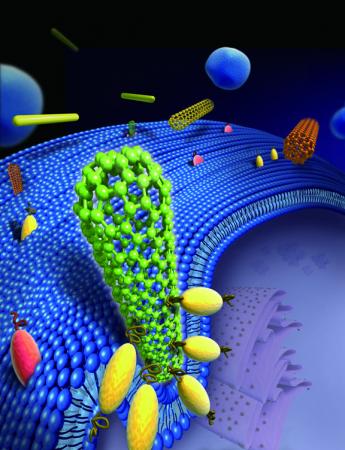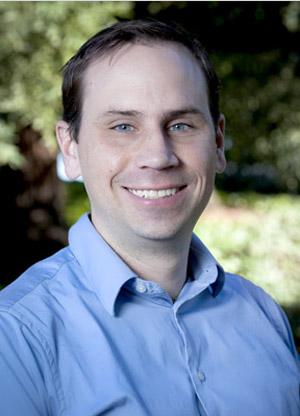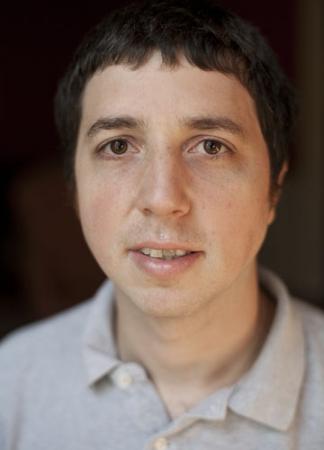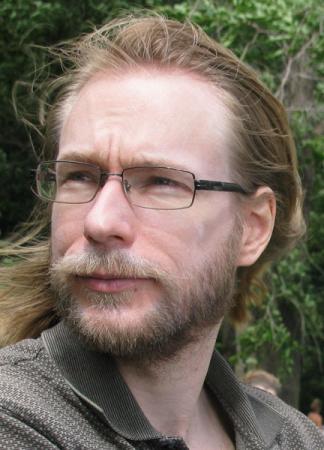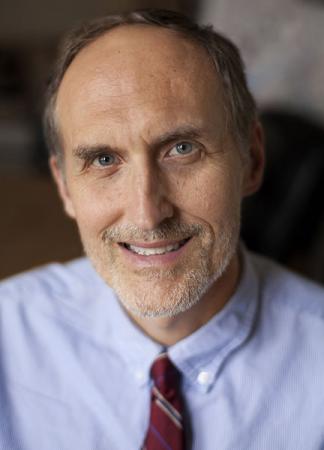PROVIDENCE, R.I. [Brown University] — When six engineering and neuroscience professors took on Brown’s major role in the $14.9-million REPAIR project a little more than a year ago, they also took on a dream. Their goal is to understand the workings of the brain’s circuitry so well that it would be possible to fix a traumatic brain injury.
“The ability to help people who are severely disabled or injured in ways that no current medical treatment can cure is the dream,” said Arto Nurmikko, professor of engineering, who is the co-primary investigator of the project. It’s funded by the Defense Advanced Research Projects Agency, and is shared with Stanford University, the University of California–San Francisco and University College London.
New research to REPAIR the brain
The Brown team, which includes neuroscientists Rebecca Burwell, Barry Connors, John Donoghue, David Sheinberg, and Leigh Hochberg, hopes to ferret out how circuits of brain cells work to perceive the environment, process a physical response to it, and then command the body to act out that plan. For people who’ve suffered brain damage, the scientists’ goal will be to translate knowledge into treatments that can restore impaired functions.
“If there is an injury that leads to some kind of dysfunction in the brain, do we understand enough so as to substitute the missing part or the broken part with some of the kinds of the control technology we are trying to develop and replace that function?” Sheinberg said. “Do we understand how the visual system works well enough so that in the absence of a particular part of the visual system we can deliver signals artificially that might serve as a viable substitute?”
The goal is bold but the team is encouraged by the advent of a new technology called optogenetics. It allows them to genetically engineer brain cell circuits to be controlled with pulses of light. Blue light makes the cells active. Yellow light makes them inactive. The technology, developed by project collaborator Karl Deisseroth at Stanford, therefore allows scientists to control functions within the brain in the millisecond timescale of its natural operation. That technology, coupled with the traditional technique of reading out brain signals electrically, gives the researchers the ability to selectively change how brain cells are working and at the same time observe the response of connected cells.
“The optogenetic methodology is fairly new and it’s promising to revolutionize the experimental tools that we have for exploring how the brain processes information and remaps and reorganizes,” Burwell said. “This will be one way that we can target an individual neuron in order to change its patterns of activity. This would be the way that we write in a signal.”
To make such a read-write interface with the brain feasible, Nurmikko and his lab’s members in the first year have invented a new device they call the “optrode.” The prototype device delivers laser pulses to the brain to control circuits and records the electrical activity of neurons all within a wire comparable in width to a hair.
In experiments with rodents, Connors uses optogenetics to discern how individual cell behavior influences the operation of brain circuits, and Burwell is using optogenetics to study how brain circuits underlying functions such as attention and memory guide decision making and behavior. Sheinberg uses these methods to study visual perception and recognition, and Donoghue and Hochberg study how the brain produces physical movement commands. All together, the work will produce needed new findings in perception, cognition, and movement that can inform new therapies for people who have lost any of those functions to injury.
“There’s an awful lot to be learned,” Nurmikko said. “This paradigm of listening to the brain while actually informing the brain [with] methods that have not been available before, will elevate that understanding to a completely new level.”
By David Orenstein
